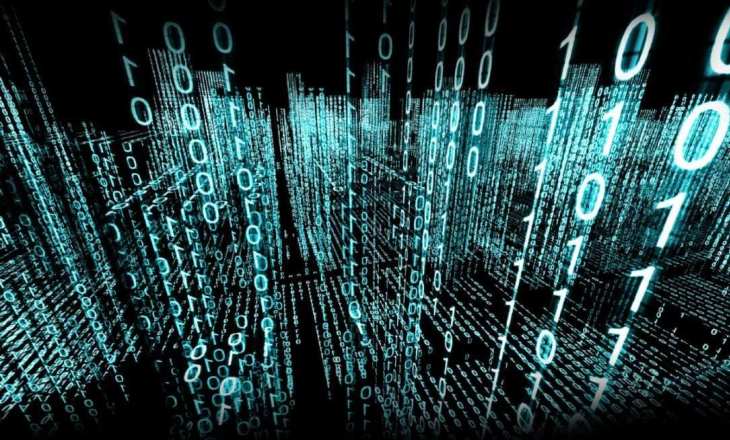It has barely been two weeks since President Donald Trump went on his tweet rant, attacking all things crypto, while his henchman, Secretary of the Treasury Steven Mnuchin, actually declared them a “national security issue”. The dust may still be settling, but the news is now that somehow the Department of Defense (DoD) must have missed the tweets, while buried deep within a Pentagon bunker. The Defense Advanced Research Projects Agency (DARPA) is actually experimenting with blockchain technology to improve the security and efficacy of its communications apparatus.
DARPA is the research arm of the U.S. military that is responsible for finding and developing innovative uses of emerging technologies. The unit recently released a 72-page document that will provide a “roadmap” for the DoD with regards to such new technologies as they relate to the cloud, artificial intelligence, command, control and communications, and cybersecurity.
Per the document:
DARPA is starting to experiment with blockchain to create a more efficient, robust, and secure platform using a blockchain protocol that will allow personnel from anywhere to transmit secure messages or process transactions that can be traced through numerous channels of a decentralized ledger.
The document goes on to assert:
The application will be used in different ways, including facilitating communication between units and headquarters, and transmitting information between intelligence officers and the Pentagon. DARPA also has been trying to develop an unhackable code—which blockchain could facilitate—because the technology offers intelligence on hackers who try to break into secure databases.
The publication could almost be considered a marketing document for the blockchain, as it speaks heavily to the strengths that this new technology offers, especially in the way it handles secure messages and basically turns the cybersecurity paradigm on its head. It lists three important characteristics, as follows:
- “Blockchain networks are trustless: They assume compromise of the network by both insiders and outsiders;
- Blockchains are transparently secure: They do not rely on failure-prone secrets, but rather on a cryptographic data structure that makes tampering both exceptionally difficult and immediately obvious, and
- Blockchain networks are fault tolerant: They align the efforts of honest nodes to reject those that are dishonest.”
It is no surprise that DARMA is showing an interest in blockchain technology. The agency actually began delving into this area back in May of 2017, when it was researching new ways to deliver secure communications to convey troop movements. More recently, the group hosted a blockchain workshop back in February of this year with the expressed purpose of learning more about “permissionless distributed consensus protocols, where any individual may join in the computation”. They also wished to understand the economics and related analytical methods that can be employed within such secure environments, as well.
If there is one necessity that must apply to all military communications, it is that they must be absolutely secure, impenetrable, if you will. DARMA has already determined that blockchain networks “reduce the probability of compromise”, while at the same time requiring an adversary to expend enormous resources to accomplish the task.
Despite boisterous crypto bashing from administration higher ups, the DoD seems to be onto something that could further enhance the use case for both crypto and blockchain technology developments, perhaps, one more fundamental driver of crypto values.
